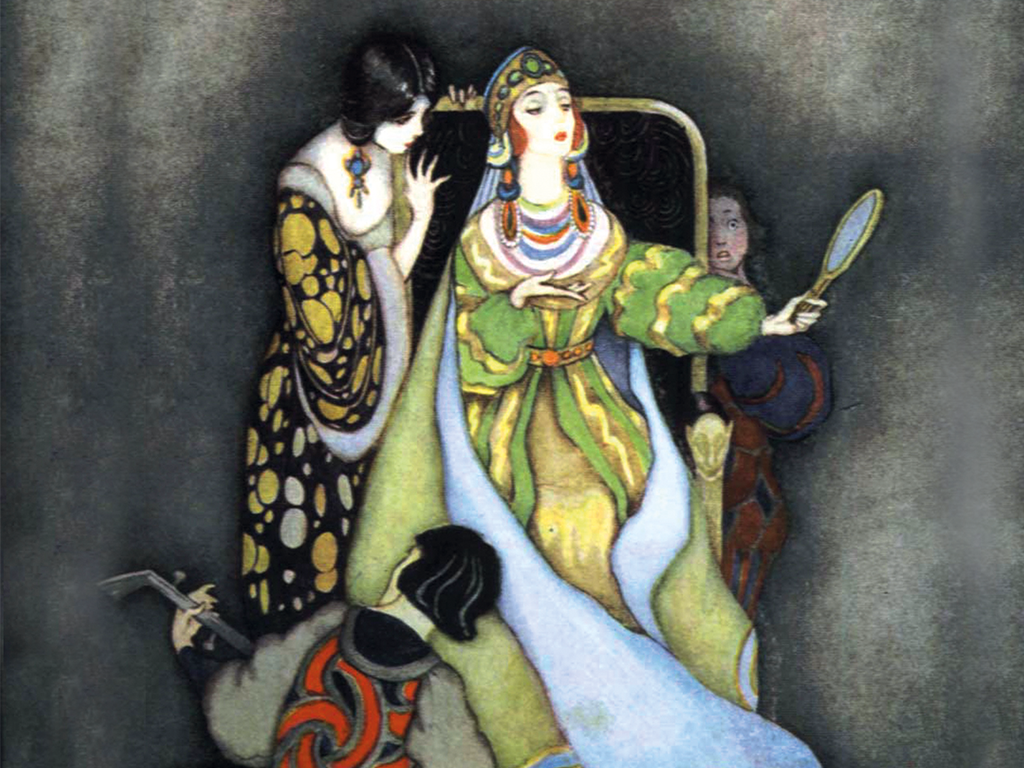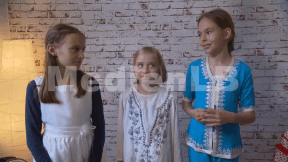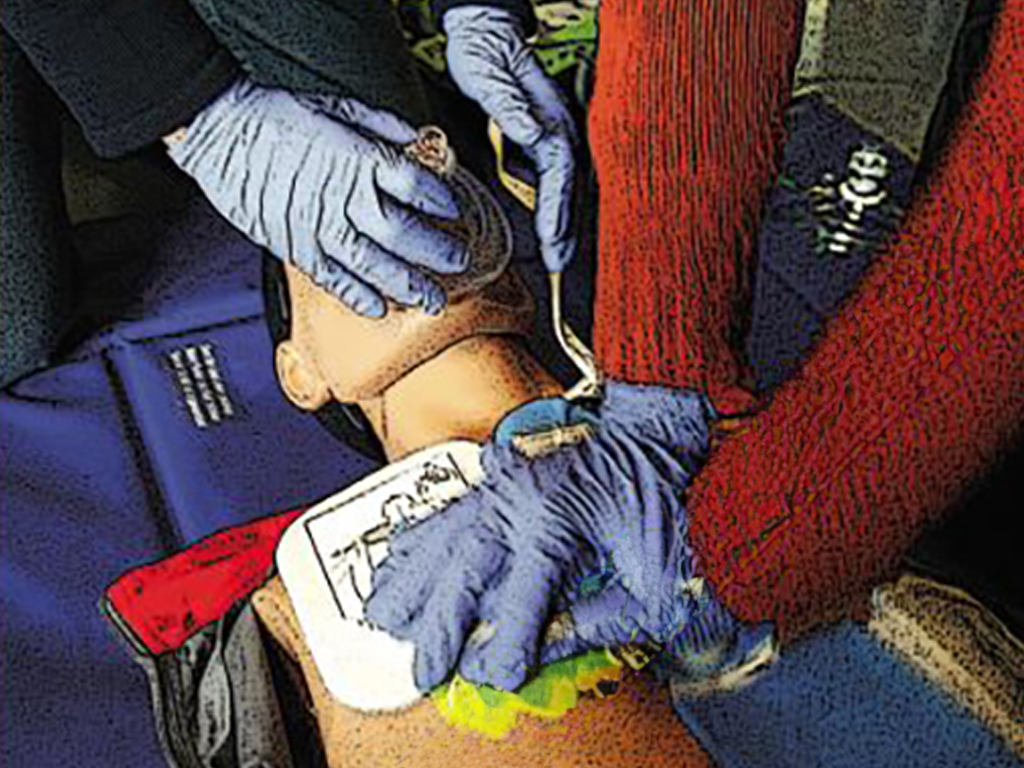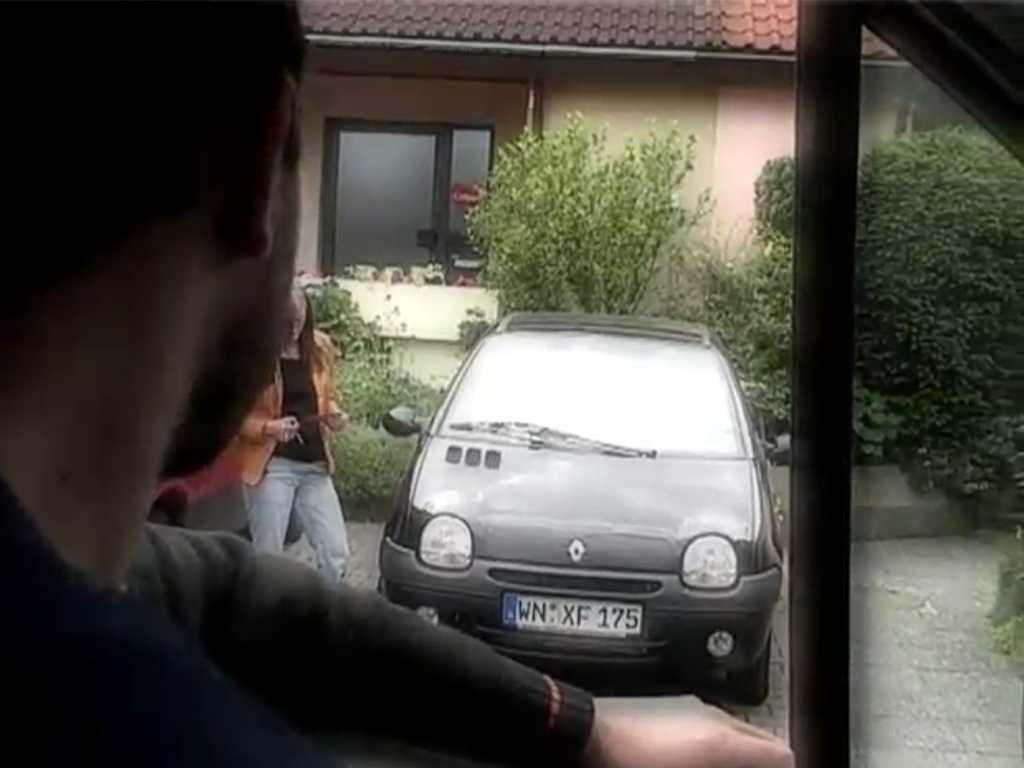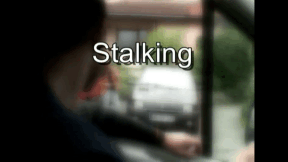 Primary School
Primary School
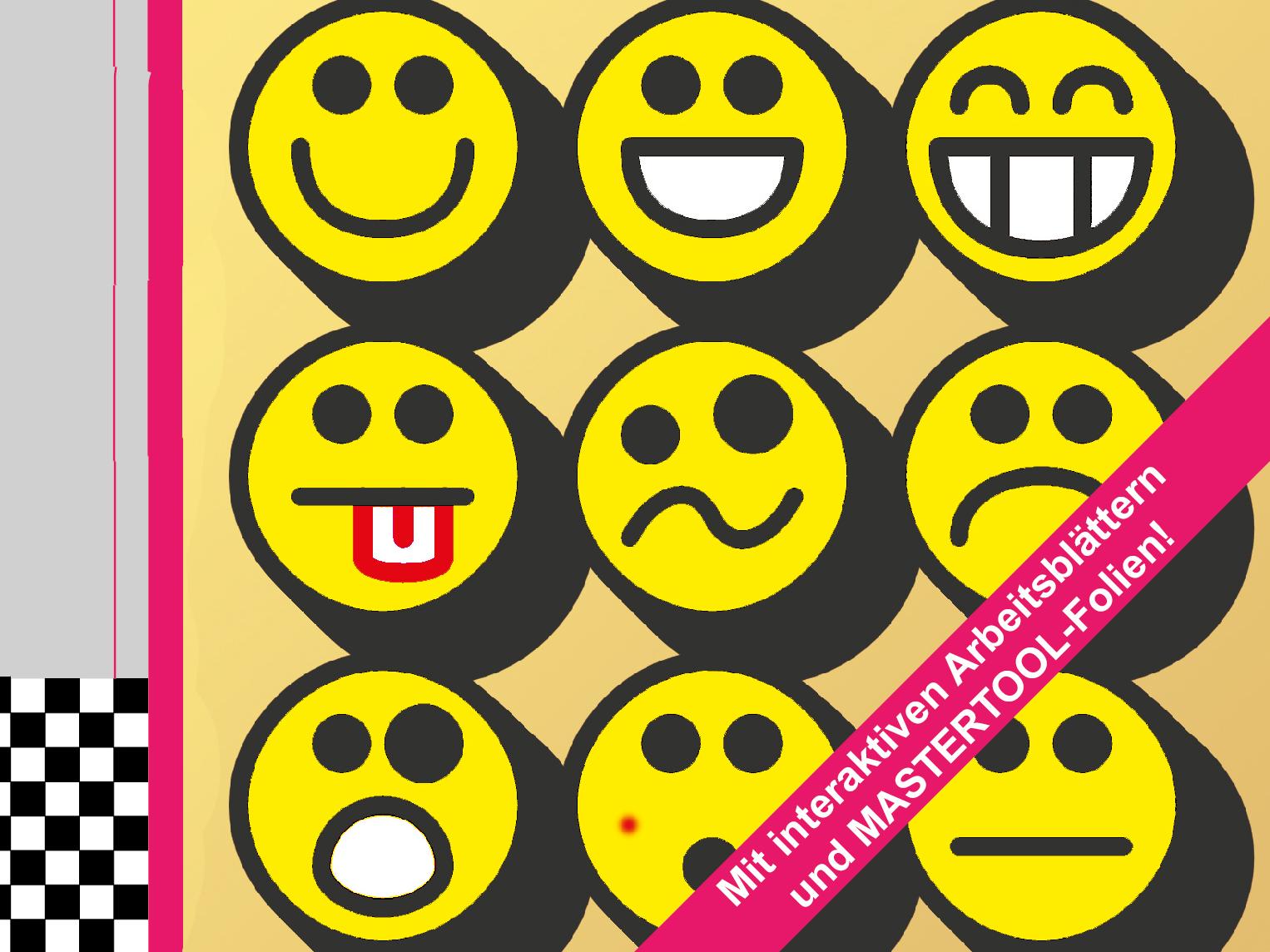

4673671 / 5562361
Feelings
Perception and Identification
Feelings belong to humans like their noses and ears or like eating and breathing.
There are a lot of different feelings: some of them feel right and great, others are less good and can cause problems.
Some feelings are recognised with difficulty because you do not really know what to think of them or what to do.
Feelings can also connect people. One of the best experiences is when you can share feelings with others. Or when others participate in your feelings of the moment.
Which feelings are simple and feel good, which ones are complex and difficult to understand?
A day can be full of different feelings – what kind of feelings are they?
We can be full of joy, we can also be sad, we can be afraid, angry with someone or really fond of him or her. And sometimes all this changes very quickly from one moment to the other.
Sometimes we find it hard to identify what feelings we have at the moment. What kind of feelings are there at all?

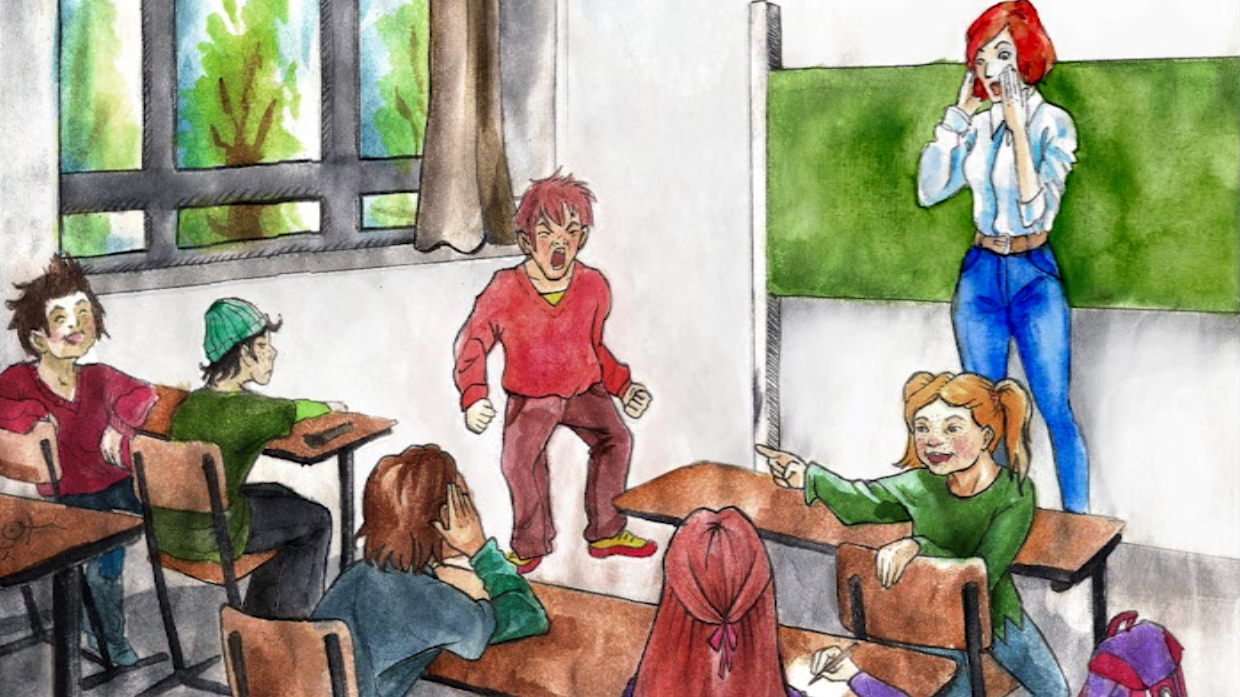
Curriculum-centred and oriented towards educational standards
Matching
Resuscitation
It can happen to anyone – of any age, in any place, at any time. Sudden cardiac arrest may quickly prove fatal. Immediate action is called for! Just remember: Check Call Press Anyone can do it. You can't do anything wrong!




